What Makes a City Great for Cycling?
North American cities rarely make the list of the world’s best biking cities. So what can we do better?
On a global scale, some cities are years or even decades ahead of others in the breadth and vitality of their cycling communities. Just saying the words ‘cycling city,’ to most people will immediately elicit mention of Copenhagen and Amsterdam. Undoubtedly these cities understand the benefits of being a bike friendly city. Conversely, a city like Houston doesn’t exactly scream “bike-friendly,” and likely won’t for a while yet.
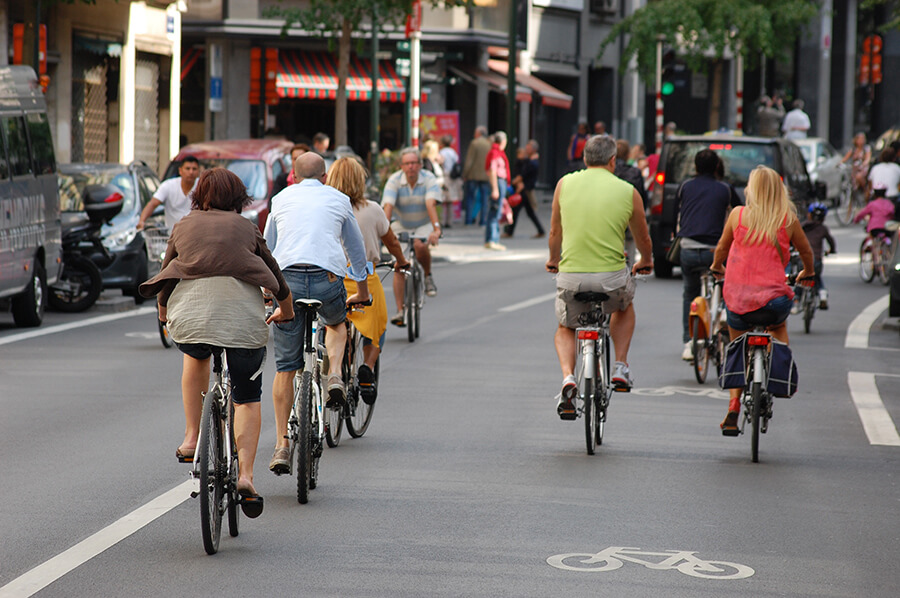
Brussels’ Open Streets event. Photo courtesy of Martti Tulenheimo.
But what is it that makes some cities so attractive for cycling, while others lag behind? What unique qualities do cities like Copenhagen and Amsterdam possess that the rest of the world’s municipalities are – at varying levels of effort – struggling to emulate?
In short, what a makes a city great for cycling?
Topography
When discussing the subject with people who are less optimistic about the bicycle’s urban mode share potential, there is usually one and only one reason cited for cycling’s enviable success in Amsterdam and Copenhagen: those cities are flat.
A city’s relative lack of hills is often mistakenly thought to be the deciding factor on whether or not the bicycle can be successful as a legitimate mode of transportation. And sure, while a lack of hills is certainly helpful for a robust and diverse cycling community – especially when it comes to cargo biking and elderly cycling – it is not the end of the story. In fact it is only the beginning.
Dallas is mostly flat, boasting an elevation range of only 100 feet (30.4 m) across its urban core. But one would be loathe to call Dallas a cycling city by any stretch of the imagination.
American fixie culture came to fruition largely in San Francisco. Its biking community has long been one of the strongest and most vital in the country, coming in at #2 on Bicycling.com’s 50 Best Bike Cities of 2016. Meanwhile, some of San Francisco’s hills make Mount Everest look like a day hike.
While the topography of a city undeniably impacts a bicycling community, it doesn’t make or break it. People who want to ride will ride, hills or no hills. People who want to cargo bike will spring for electric if they can’t pedal their kids up the hill unassisted.
What matters isn’t whether or not you’re going to get a little workout on your daily commute (and in fact many people view this as a positive), but whether you’re going to be safe, supported, and comfortable on your ride.
So if it isn’t the topography, what does make a city great for cycling?
Climate
Okay, let’s be honest. Cycling to work in the pouring rain is not as practical – or as fun – as cycling to work in mild, dry weather. Just like getting your kids ready to ride through a flurry of snowflakes is not as easy as loading the little tots onto a child seat and toodling away in shorts and a sun hat.
But is either impossible? Not in the least.
Amsterdam has, on average, 187 days of rain per year. Copenhagen hovers around or below freezing for three months of the year, with plenty of snowfall to make things all the more difficult.
If climate was what mattered the most for biking, then Los Angeles would be the most bike-friendly city on the planet. But anybody who’s ever tried to get across LA on two wheels will tell you that’s a far cry from reality.
Ten percent of commuters bike to work in Vancouver, one of the highest cycling mode shares in North America, and that city gets so much annual precipitation that it has been appropriately dubbed “Raincouver.” Minneapolis, despite its frigid temperatures and abundance of snow, has one of the highest mode shares in the US and a vibrant urban cycling scene even throughout the long winter.
Wet or cold weather, while it may impact ease of cycling, certainly doesn’t make it impossible. With a few adjustments to gear and wardrobe, one can feasibly bike commute year-round in even the least agreeable of climates.
So if it’s not the weather and it’s not topography, what does make a city great for cycling?
Infrastructure
Let’s look at the Copenhagenize Bicycle Friendly Cities Index 2017, over on Wired.com. If you do a quick examination of the 20 best cities in the world for biking, they all have one very important thing in common: infrastructure.
From Munich to Montreal and Bordeaux to Barcelona, the unifying feature that catapults a regular old cycling city to world-class status is the ability of its residents to travel by bike safely. And that means bike lanes. Lots of them.
And not just sharrows, not lines painted on concrete, but interconnected networks of barrier-protected bike lanes.
Copenhagen has invested $150 million into bike infrastructure over the past decade, and has 16 new bicycle and pedestrian bridges currently in the works. Montreal, the only North American city on the list, was building protected bike lanes before there was even a name for them in North American planning parlance. Barcelona has expanded its bike infrastructure by 20 percent since 2015, and has plans to invest a further $40 million in building out the network.
In addition to on-street infrastructure, cities that consistently rank high on global bike indexes have wider infrastructural elements to complement their road networks. Think bicycle parking, bike-public transportation connectivity, and thoughtfully designed signage and traffic signals for way-finding and ease-of-use.
Utrecht is in the process of building 33,000 bicycle parking spots at its Central Station, in addition to its current 12,000. One fifth of Tokyo’s rail commuters cycle to the station and park their ride in massive, secure underground parking cellars.
If a municipality wants to take its commitment to cycling seriously, it has to throw its weight behind bike infrastructure and build bicycling into every facet of the urban transportation system.

Bike parking at Utrecht’s central station. Photo by Tom Jutte.
Accessible Bicycle Resources
Considering bicycling as a mode of transportation rather than a sport or a hobby means you then consider the social and physical infrastructure it relies on as a public resource.
The cities where bicycling is most successful as a legitimate mode of transportation are the cities whose bicycle resources are available for as wide a portion of the public as possible. This reaches beyond just physical infrastructure, into a multi-faceted community-wide effort to make bicycling available to all.
Think women-friendly bike shops, affordable bike co-ops, bicycle route maps available in tourism offices, and a strong bike advocacy movement that represents the diversity of its community. Think bike lanes that are safe enough for a child to ride down unaccompanied, wide enough for a disability scooter to fit in, and reaching into the city’s low-income neighbourhoods as well as its business district.
Bogotá has one of the largest networks of bike lanes in the world, and since its construction annual bicycling trips have nearly quintupled in the Colombian capital, largely among the city’s low-income residents.
And importantly, if we consider bicycle infrastructure a public resource, public access to bikes is paramount to is usefulness. Most of the cities that consistently rank well are those with expansive and well-used bike share systems.
Paris has plans to extend its already enormous Vélib’ bike share system into the greater Metropolitan area. Vienna is the world’s first city to install a cargo bike share system, and is offering subsidies for residents who wish to buy one. Stateside, Chicago topped Bicycling.com’s top 50 for, among other things, having the nation’s second largest bike share system, Divvy, and a program called Divvy for Everyone that subsidizes bike share for the city’s low-income residents.
Business Support
Cities where cycling has really taken hold are those where the private sector works together with the public sector to advance the city’s cycling goals.
If a person lives a 40-minute bike ride from their workplace or the ride is steep and hot, bicycle commuting will only really be possible if they’re able to shower and change upon arrival at work. As more businesses discover the benefits of having a cycle-friendly work environment, and offer facilities and even incentives to employees who ride, bike commuting becomes accessible and realistic to more people.
Portland came in #3 on Bicycling’s Top 50, with a whopping 56 points for bicycle-friendly businesses, the most of any city on the list.
Service-sector businesses, real estate developers, and designers also have an enormous role to play in bicycle urbanism.
Malmö took the #5 spot on Copenhagenize’s index for, among other things, the opening of Cykelhuset: a housing complex that accommodates bicycles throughout the whole building, and the nearby Bicycle Hotel which offers similar accommodation to travellers.
Community Support
One of the least tangible but perhaps most important elements of building a truly great bicycling city is having the support of the wider community. The political will to push cycling projects through is absolutely critical to the city’s success, but if it comes at enormous political cost because the majority of voters don’t support bicycling, then those projects will likely be halted when that party loses the next election.
Similarly, bike lanes are limited in their usefulness if drivers park in them, turn through them without looking, or actually just straight up drive in them. Copenhagenize’s criteria for selecting the world’s best bicycling cities relies on 14 parameters, three of which are Perception of Safety, Politics, and Social Acceptance.
These three are, unfortunately, what keeps many North American cities off the list. If politicians and advocates have to fight tooth and nail to build a bike lane, if people feel they need a helmet to ride six blocks to the grocery store, if people driving cars are either careless or outright hostile around people riding bikes, then bicycling will remain a fringe or slow-building mode of transportation.
However, across the continent, things are changing for the positive. The Vision Zero policies have been adopted by municipalities from New York to San Francisco, and events like Bike to Work days, Bike to School Days, and the increasingly popular Open Streets movement have been instrumental in bringing the benefits of non-motorized transportation to the wider public.
It seems like the days of schoolyard scrapping over bike lanes are coming to their welcome end, and we can look forward to the years when more and more North American cities will be added to the list of the world’s best bicycling cities.

4 Comments
Autumn Gear Guide
Find inspiration in our Gear Guide that will keep you out on your bike through wind or rain.
Download Now
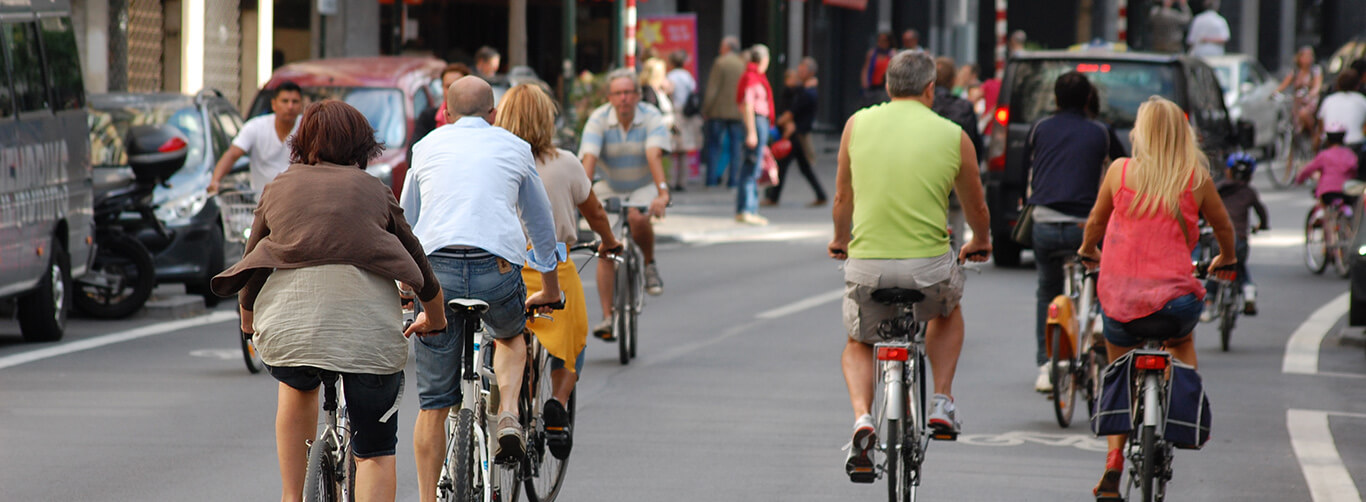
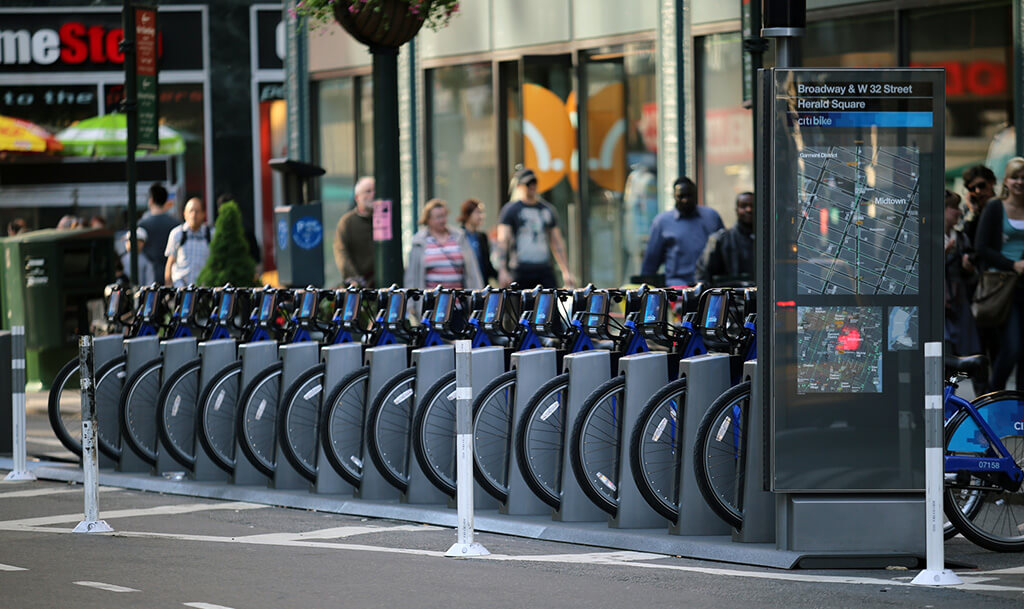


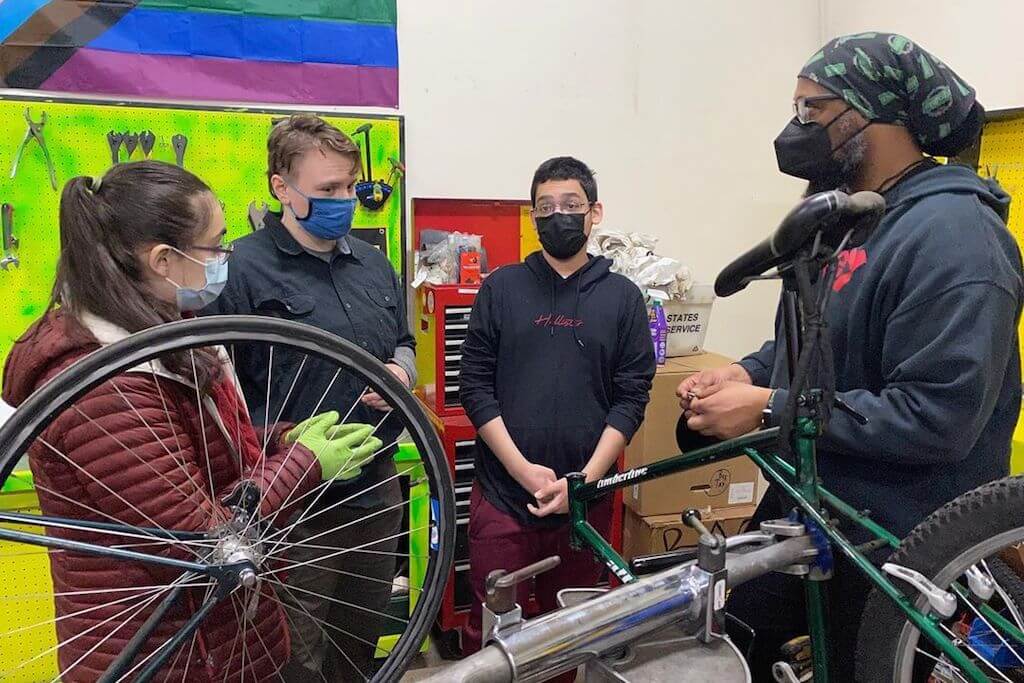
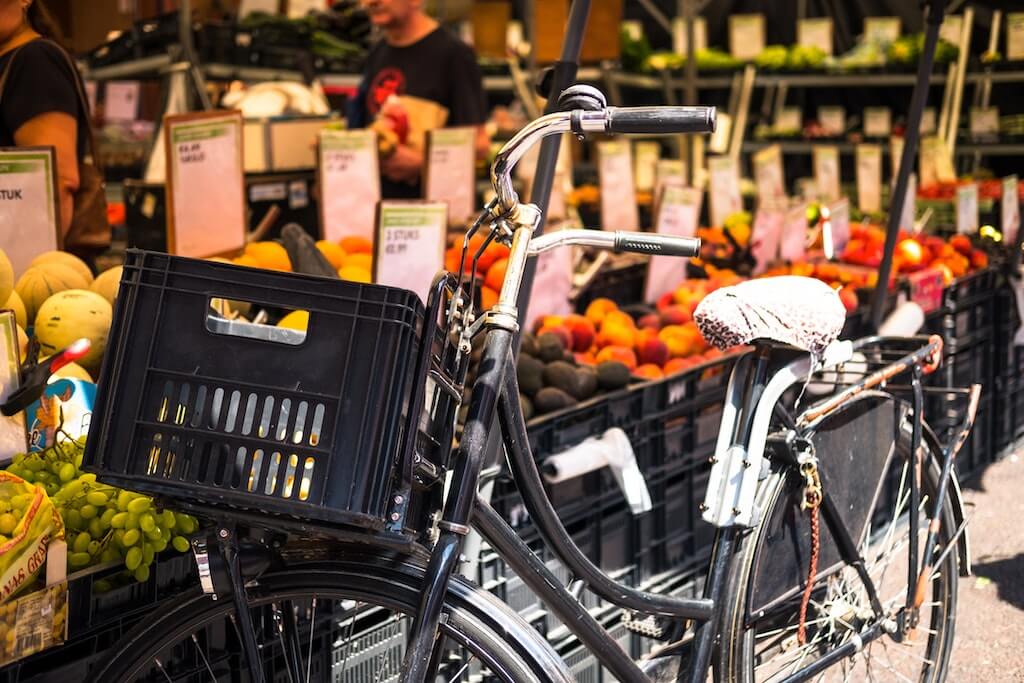

Always a discussion when it comes to defining bike-ability. I really liked a lot of the insights shared here and agree with most of it. However, I disagree that climate and topography don’t contribute to a city’s bike-ability. I think in cities where there is a strong bike culture (e.g. San Francisco and Copenhagen, the examples given), yes, climate and topography don’t seem to stop people from biking. But what about where the bike culture isn’t as strong? I think these two obstacles are legitimate concerns for people who don’t want to be sweaty/wet upon arrival at their destination, requiring more time to be presentable and ultimately making a car seem way more convenient. But I agree that the other reasons mentioned in this post are more important. Just saying we shouldn’t be so quick to cancel climate and topography out. Also, any sources from the author on some of these statements? Would be interested to follow their reasoning. Thanks for the post!
great piece! look here for some additional inspiration about cycling cities:
https://albertomzanni.wordpress.com/2017/12/04/cycling-cities-the-reggio-emilia-way-part-1-il-centro-storico/
Comments are closed.